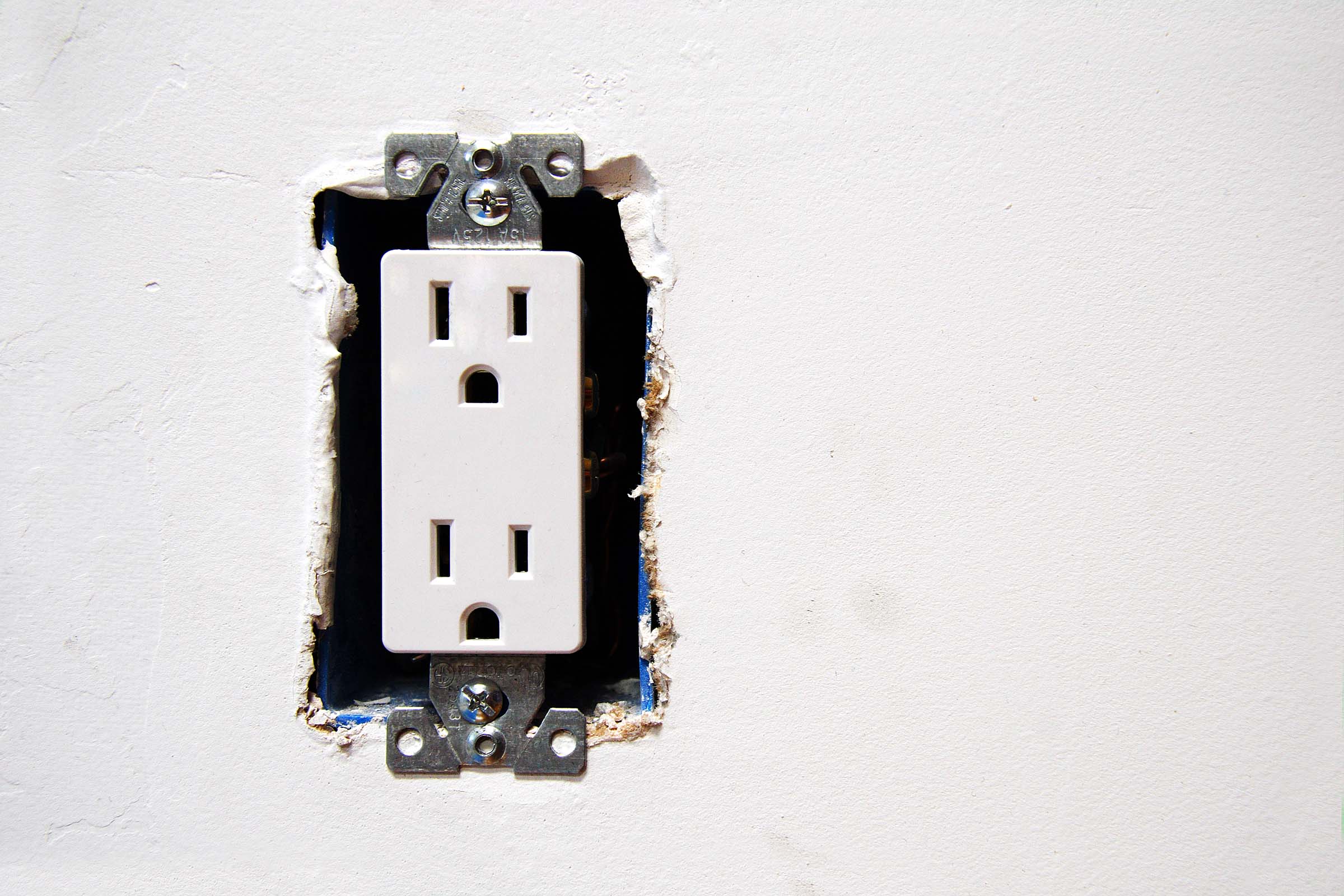Sorting out the messy electrical safety (test and tag) regulations in Australia
You’re responsible for ensuring the safety of people in your workplace or home – make sure you understand test and tag compliance guidelines
The first thing you should know about test and tag is that it’s mandated by the law.
And as with anything related to legal requirements in the workplace, there’s going to be a mess of red tape and legalese to cut through before you get started. Take a deep breath before you dive into the next paragraph, because it’s heavy going from here on out.
Across Australia, standard workplace protocols that depending on your arena of operation are known as OHS (Occupational Health and Safety) and regulated by overlapping federal and state bodies such as Safe Work Australia, Standards Australia, WorkCover NSW and the Electrical Safety Office of Queensland (among others) dictate that regular testing of all electrical equipment and RCD (residual current devices) must be carried out to check and guarantee safe operation and tagged as such.
Phew. Got that? Nope, me neither.
Working out your test and tag responsibilities is necessary to reduce liability and promote safety – but it can be a major hassle
To make it even worse, the relevant information for you – depending on what you’re looking for – is contained in AS/NZS 3760 (In-service safety inspection and testing of electrical equipment) and also in either AS/NZS 3105 (Approval and test specifications – Electrical portable outlet devices) or in AS/NZS 3197 (Approval and test specifications – Portable electrical control or conditioning devices).
If you need a copy of these standards, you’ll have to go through an organisation called SAI Global, which holds something of a monopoly on publishing services for standards regulations, (sort of a clearing house for compliance).
This could set you back a couple of hundred dollars – on the bright side, at least the amendments are free. Which is helpful, considering that you might have to update them occasionally.
 Strike me if I know why access to Australian workplace safety compliance laws have been privatized, let alone why you have to pay for the information in the first place.
Strike me if I know why access to Australian workplace safety compliance laws have been privatized, let alone why you have to pay for the information in the first place.
But if you don’t feel like wading through endless bureaucratic drivel and paying for the privilege, you have a few other options up your sleeve.
Of course it would seem to make a lot of sense to call up your relevant state authority and hassle them until they can tell you directly what it is you need to do and how often.
But good luck getting a response out of the public service, (or even finding out which is the right office to call; in this age of politicised workplace relations, it’s not uncommon that those responsible can change depending on the election cycle).
Depending on your industry, your peak body or representative union might be more helpful.
Then you’ve got the option of paying for a testing service, or just biting the bullet and doing it yourself.
DIY test and tagging to save your small business time and money
Paying for testers, (or PAT servicers, as they call themselves – Portable Appliance Testing), is your convenience option. Sure, it might cost you an arm and a leg; and sure, because most of test-and-tag is “visual inspection” you’re literally paying for someone to come around and eyeball your power cords to make sure there’s no gaping holes in the sheath or anything of that order.
But it’s quick and it’s easy and you don’t have to do anything except open your wallet every so often.
The problem with this option is that if you’re running certain types of equipment – any industrial cleaning equipment, for example – you have to test every day or every time you use the equipment, whichever is more common. Obviously you can’t pay for a testing service that frequently.
Which means your last and best resort is to have a tester on-staff. This doesn’t mean a guy who stands in the corner and quietly gives an approving nod every time you plug something in – like some kind of cricket umpire of compliance – it’s just any employee who happens to be “someone who has acquired through training, qualifications, experience or a combination of these” the ability to test and tag.
In almost all cases, it’s not necessary to hold any kind of electrical qualification. However, you’ll need to attend a training course – usually only a day – and spend on initial outlay purchasing tags from a vendor like Test Tag Outlet.
Although it might seem like an unnecessary and expensive hassle, getting yourself or someone on your staff qualified to do in-house test and tagging will save you a lot of time and money in the long run.
Featured images:
License: Royalty Free or iStock
source: http://freerangestock.com/
License: Creative Commons image source
Patrick Worsley is a talented freelancer from Australia. He often write on topics related to home and work office improvement and related national safety regulations.





